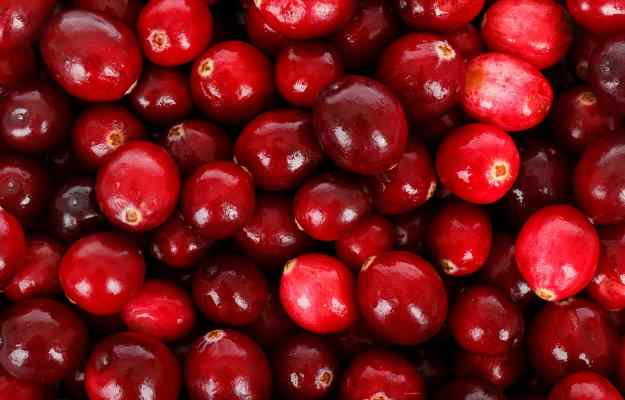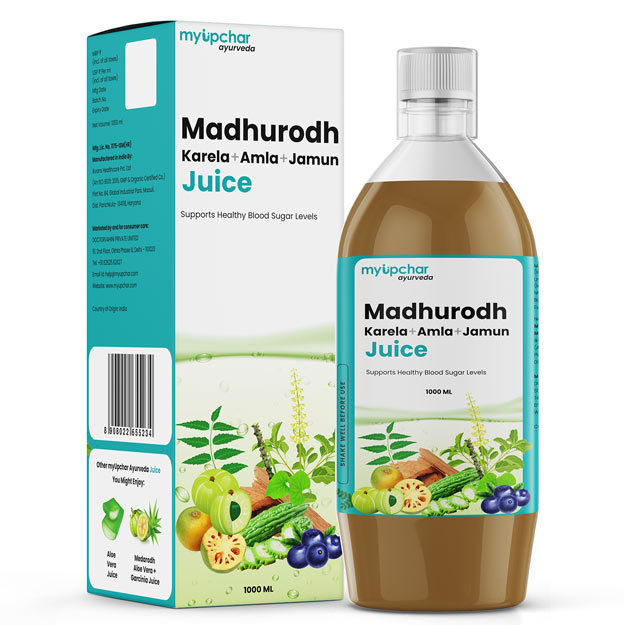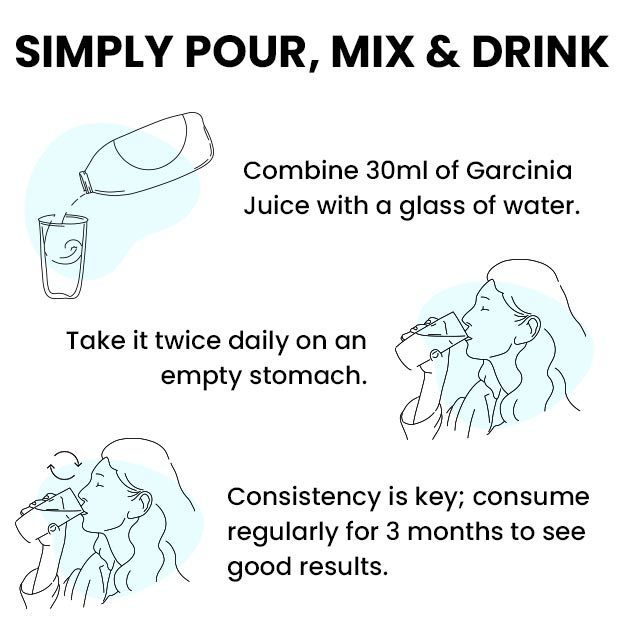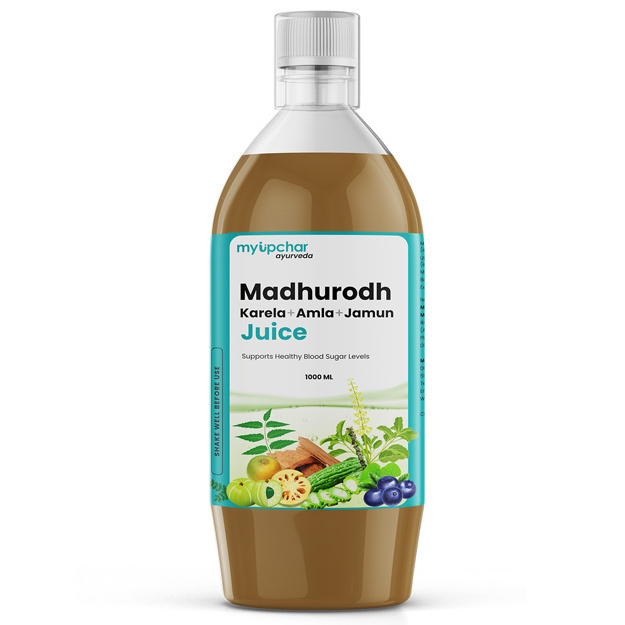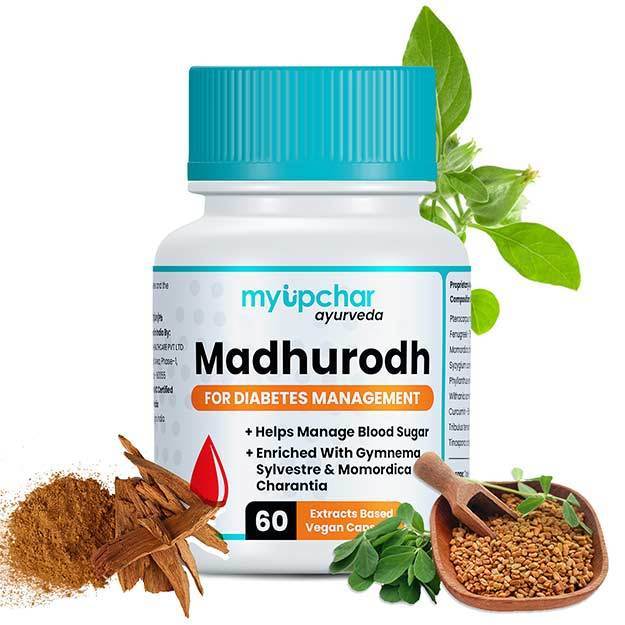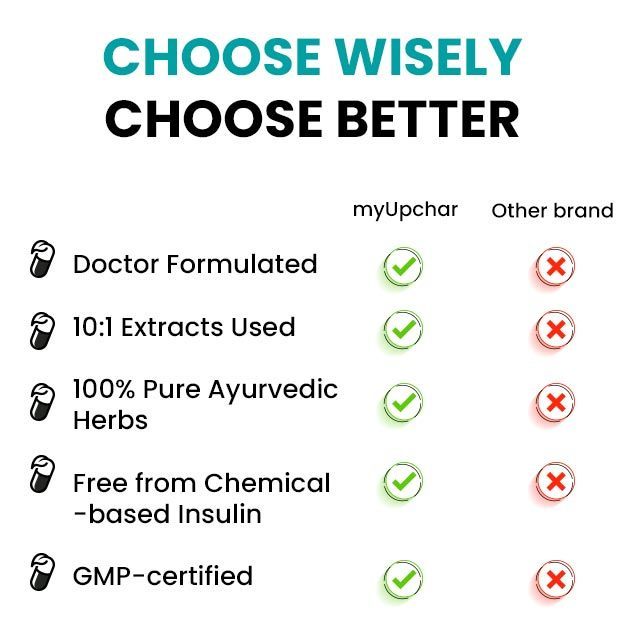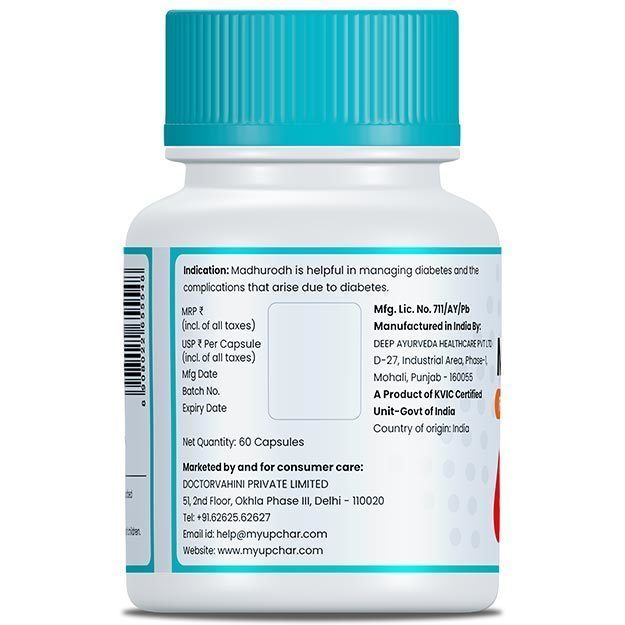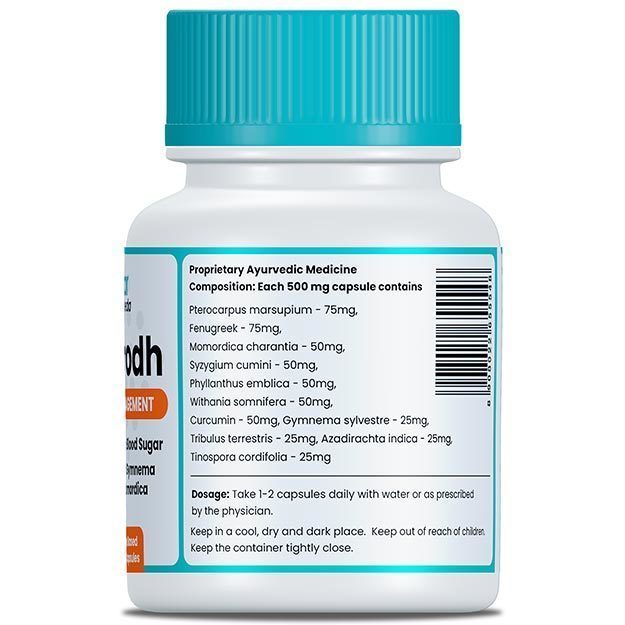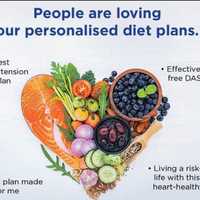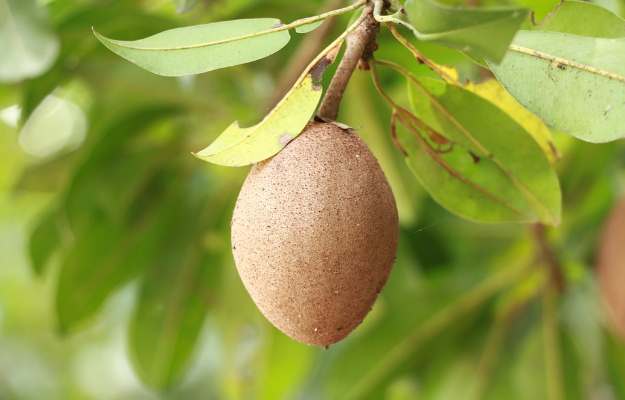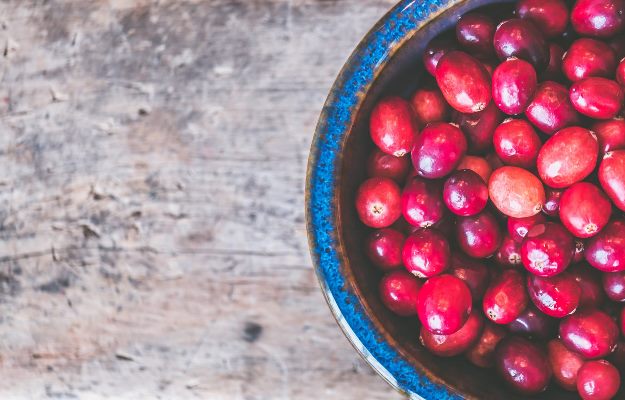Karonda or Bengal currants are sour-sweet and firm fruits about the size of a small grape. The currants are popular across the breadth of India, from Rajasthan to West Bengal. These drought-resistant and hardy plants grow in Karnataka (mostly in the Western Ghats), Maharashtra (Konkan region) and Goa. They are also cultivated in Bihar, Rajasthan, Uttar Pradesh and Gujarat, among other states. The green or reddish-white currants can be turned into chutneys, pickles and curries.
Here's what you need to know about this deliciously tart currant that is also used in traditional medicine systems like Ayurveda:
- Scientific name: Carissa carandas/Carissa congesta and Carissa spinarum (wild karanda)
- Alternative names: Bengal currant, Christ’s thorn, Carandas plum, Karandas
- Family: Apocynaceae (also known as the dogbane or oleander family of flowering shrubs, woody vines, herbs, succulents and trees)
- Karonda is on CAB International’s Invasive Species Compendium, meaning it can proliferate and threaten local biodiversity when planted in areas where it isn’t found naturally. The karonda plant is a sturdy, drought-resistant shrub found in Asia.
- Parts used: Traditional medicine used the whole karonda plant, including the fruits, roots and leaves.
- Distribution: Originally from the Indian subcontinent (mainly India and Bangladesh), the currants are now also grown in China, Brazil, US, Indonesia, Mauritius, Sri Lanka, Thailand, Myanmar, and the Philippines, among other countries and regions with a warm climate. It is known by slightly different names in these countries. For example, in Malaya it is called kerenda or karaunda; in South India, Bengal currant or Christ's thorn; in Thailand, nam phrom; and in the Philippines, caramba, caranda, caraunda and perunkila.
Read on to know what scientific research has to say about the purported uses of karonda to control blood sugar, treat constipation and other gastrointestinal problems, for pain relief, to reduce inflammation and reduce the duration of seizure or prevent them altogether.

